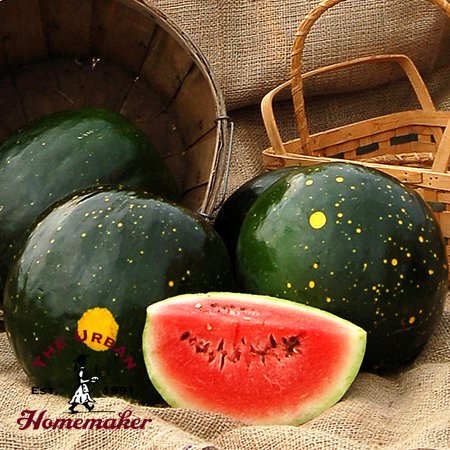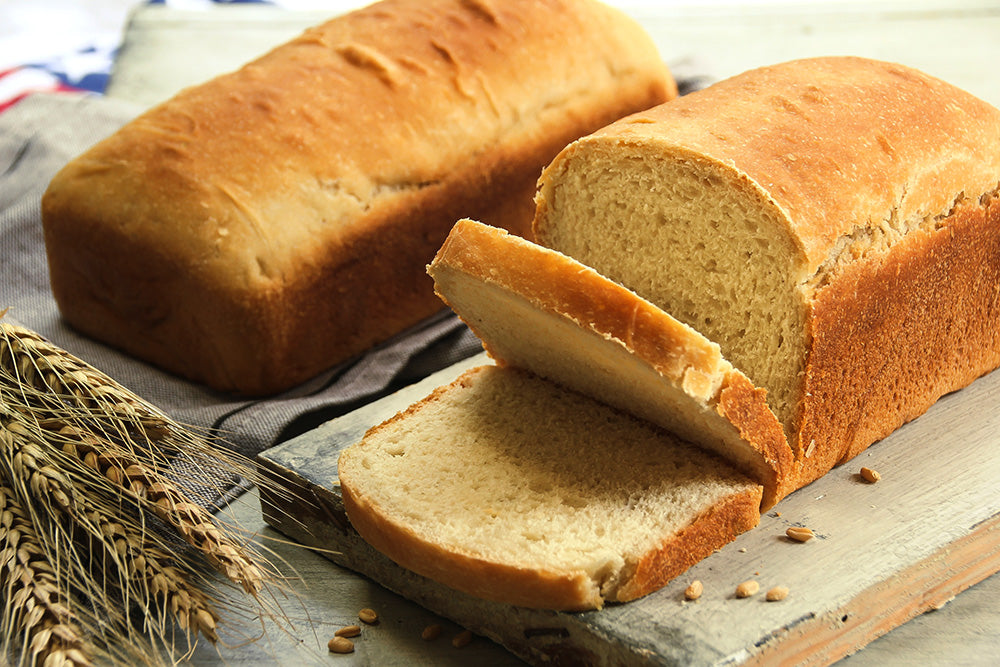Skip to product information


Moon & Stars Watermelon - Certified Organic
$3.95
Shipping calculated at checkout.
| Soil and Nutrient Requirements |
| Sandy or light textured soils that warm easily in the spring are desirable. Melons are heavy feeders. Give 80-120 lbs of N per acre. Calcium deficiency can lead to blossom end rot, especially when adequate moisture is not available. Use dolomitic limestone. |
| Position |
| Full Sun |
| Seeding Depth |
| ½” |
| Plant Spacing |
| Plant spacing: 12-18"; |
| Row Spacing |
| 6’ row centers. |
| When to Sow |
| Days to maturity are from transplanting, add 10-14 days if direct seeding. |
| Other Info |
| Plastic mulch and floating row cover are used to increase soil and air temperatures as well as ward off insects, especially cucumber beetles. |
| Frost Tolerant |
| No |
| Drought Tolerant |
| No |
| Heat Tolerant |
| Yes |
| Seed Specs |
| 625- 875 seeds/oz (690 avg), 10-14M seeds/lb (11M avg). M=1,000 |
| Seeding Rate |
| 5,000 plants/acre (~.5 lb/acre) transplanting singles, 18” plant spacing, and 6’ center beds. |
| Harvest |
| Ripeness is determined by four methods: when the tendril nearest the fruit is dried and brown; when the ground spot has turned from white to yellow; when the blossom end of fruit becomes soft; and the ubiquitous "thump test”— fruit should sound hollow. Cut fruit cleanly from the vine to avoid stem-end rot. |
| Storage |
| Store at 45°F and 85% humidity for up to 3 weeks. |
| Pest Info |
|

Our Famous
Whole Wheat Bread Recipe
Grandma Marilyn's Famous Bread Recipe is VERSATILE! Use it to make cinnamon rolls, pizza, bread sticks, and more.